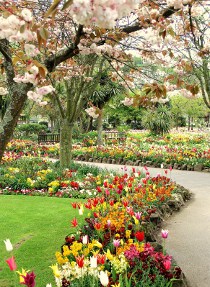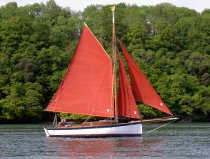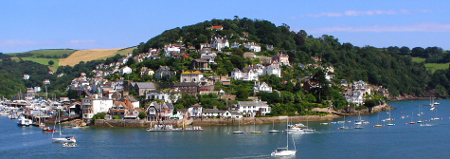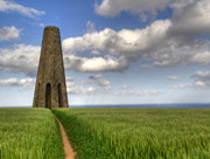

Aims of the Society
The Dartmouth and Kingswear Society is dedicated to the preservation and enhancement of the historic town of Dartmouth and the villages of Kingswear, Blackawton, Dittisham, Stoke Fleming and Strete, the River Dart and the neighbouring coastline and countryside of the county of Devon, UK.
The concerns of the Society include the conservation of both the architecture and form of the built environment and the natural beauty of the district together with the maintenance of a viable local economy in keeping with the character and history of the area.
Non-members are welcome to attend The Flavel talks for a ‘donation’ of £5 or pay £7 to become a member. Use Contact Us to send a committee member a message. Choose a recipient.


